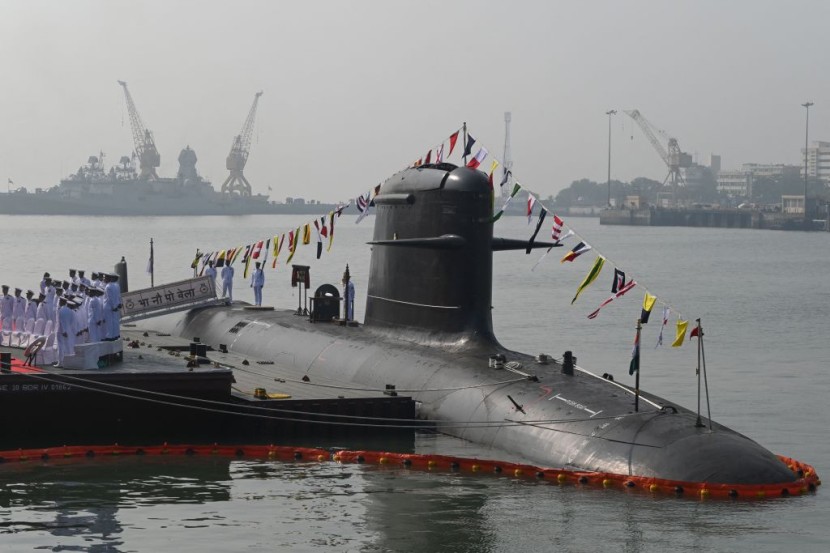
India fitted the Air Independent Propulsion (AIP) technology, for stealthier performance, on Indian Navy submarines to outperform Pakistani and Chinese submarines. Retrofitting this new technology on Indian subs is an attempt to adapt to the high-tension environment with competing navies.
AIP Technology for Stealthier Submarines
Conditionally how well the propulsion system works as it gets installed on specific boats will be determined by the Defense Research Development Organization (DRDO). If it works well, then it gets more use, according to EurAsian Times.
Last Monday, the Indian Navy commissioned the INS Vagir, the fifth vessel in the class, mentioned on Twitter.
Air Independent Propulsion is due to be equipped on the first boat of the class, to be upgraded later on.It improves India's maritime forces as Pakistan employs the same technology on its three French Agosta-90B, PNS Khalid, Saad, and Hamza. The Pakistanis will get eight Type 39A Yuan-class of the same propulsion starting in 2023, in a $5 billion defense deal negotiated with Beijing, per Global Times.
Indian Navy Submarines Get Competitive with AIP System
Last Tuesday, a report from the DRDO's Naval Materials Research Laboratory (NMRL) agreed with the French firm which builds the Scorpene submarines. This firm will assist in integrating the air-independent propulsion systems in the subs.
The Naval Group will do the tweaking and tuning to install the propulsion system in the subs superstructure, in the rear, which will lengthen it. AIP-powered conventional diesel-electric submarines (SSK) are the midpoint of nuclear boats and non-AIP SSK. It enables the underwater vessel to stay under for 10 to 14 days before a recharge, risking detection.
Read Also: India Makes Its First Hypersonic Missile
Other kinds of these SSKs can only stay down for almost 48 hours, a fuel cell type non-diesel or nuclear power ship that produces hydrogen in the ship. The Ministry of Defense says the unit is tested on land and ready for application in the released statement.
Silent Scorpene Technology
Project-75 (P-75) is the engagement of the tech to build six of these SSKs for India via the transfer of technology. Project P-75 India is the culmination of the agreement with a foreign firm and an Indian shipbuilding firm. But the Russian builders left the project and other issues which as the liability clause and the strategic partnership.
The biggest concern is the Navy's need for the firm to forward a proposal to sell a proven and successful design. Two firms from Germany and South Korea have subs that feature the required propulsion type.
As explained by Commander Arvind Mathur, a former submariner, he had highlighted the choice of not updating a platform with new tech. Not updating the weapon will entail more maintenance than a year. He added the boats need proven technology to equip them with and warned until the tech is installed, there is no way to know if it does work. Stressed that the Navy will only use it on other vessels once the Kalvari proves it works well enough.
Lastly, the specs of the propulsive technology are limited, and INS Kalvari will determine the future of the vessels, mentioned Naval-Group. The move to install Indian Navy submarines will see if the AIP tech will deliver stealthier performance than claimed.
Related Article: AIP Technology for Indian Navy's Submarines
© 2026 HNGN, All rights reserved. Do not reproduce without permission.








